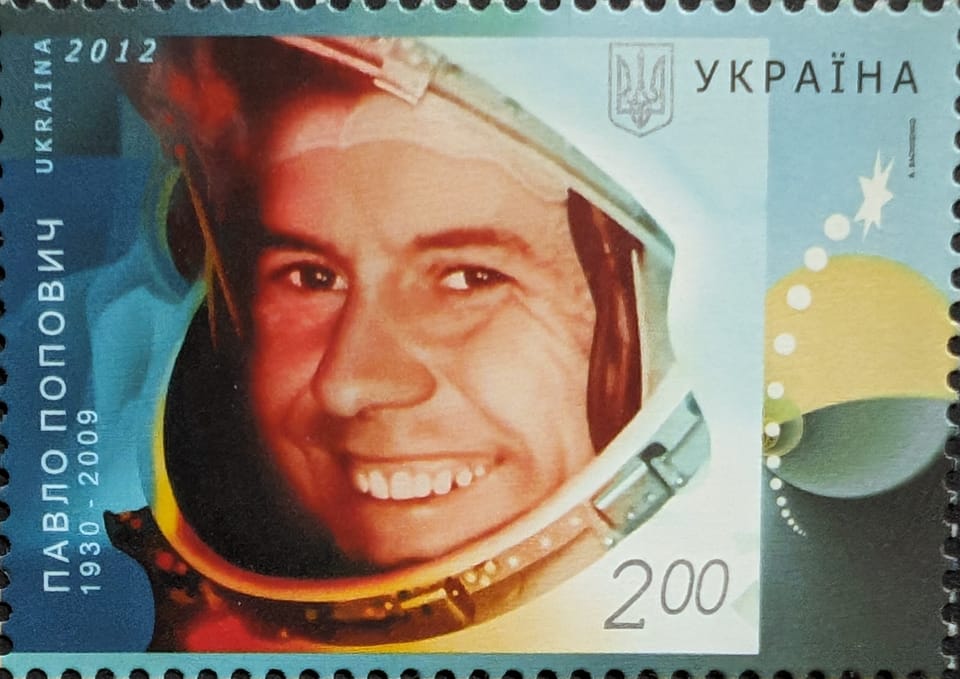Las Vegas Spaceport: Will They Come?

Upon reading another announcement from another group looking for investment in another spaceport, it’s challenging to remove the skeptacles (skepticism spectacles) from my rolling eyes–especially when that announcement involves Las Vegas, Nevada. That city relies on attracting people with no math skills and tons of optimism for easy resource (money) extraction. That’s the perfect kind of person to approach and ask about investing in a spaceport, particularly on Las Vegas turf.
Dreaming of Spaceports
So, yes, I am skeptical because many U.S. spaceport investment plans seem to rely on one of the three Fs: Family, Friends, or Fools. The Las Vegas version of a spaceport may differ from a Spaceport Camden or the Michigan Launch Initiative. Current plans for the Las Vegas Spaceport include “...a launching pad, a runway for spaceplanes, a control tower, a flight school and a 200-room casino resort between Las Vegas and Pahrump.”
However, some of the latest news indicates that the county where the spaceport will be located has only approved the flight line–if the Federal Aviation Administration approves it. So, the developer will initially be allowed to build and operate an airport, maybe, and then hopefully receive more FAA approvals (and perhaps a license) to build a spaceport.
Based on the plans, aside from a casino, there’s not much distinguishing the Las Vegas Spaceport from the eight FAA-licensed horizontal-only launch spaceports. Seven of them haven’t conducted any kind of orbital launch. That lack of activity from licensed spaceports doesn’t bode well for the Las Vegas Spaceport’s launch side of the business.
Maybe the person pushing Las Vegas Spaceport has conducted spaceport market research that shows why this time and that place will be different. If it is a serious effort, I suspect people looking to build the spaceport would ask a few of the following questions. Hopefully, they will ask more than the examples I’m providing.
Answering Questions
Is there a need for a spaceport (especially a spaceport that will initially only conduct horizontal launches and landings)? Are there operational spaceplane companies crying out for more launch capacity? Are there paying customers for those companies? Will those spaceplane operators be able to provide satellite launches that are less expensive than choosing a Falcon 9? How often will those operators launch each year?
For the first question, the answer is “no.” The number of idle horizontal launch spaceports doesn’t point towards market vibrancy in horizontal launches, so there is no need. The spaceport’s idea-man and CEO, Robert Lauer, won’t let that fact deter him. He voiced hope about that industry in an earlier article:
Lauer expects that within 10 years at least one of the 37 companies that are developing aircraft that can take off and land on a runway will produce a vehicle that can achieve Earth orbit and possibly visit an orbiting hotel in space as a tourism venture.
Maybe he expects Virgin Galactic (the only company launching horizontal suborbital planes–kind of) to come knocking his way, but it’s still unclear that VG will even survive. Blue Origin launches New Shepard vertically. Neither provides anything other than a short, if costly, fair ride. Also, while the remaining 35 launch companies mentioned by Lauer sound impressive and promising, that list expands and contracts depending on the day, and none have anything operational. Most promote vaporware.
That set of circumstances answers at least two other basic questions. No other operational spaceplane companies are asking for more capacity, even if there is some customer demand. Based on the suborbital nature of Blue Origin’s and Virgin Galactic’s fair rides, there is no satellite demand either. Both companies have unreliable launch schedules, too, so any forecasting based on their sputtering efforts should be viewed with suspicion.
However, nothing in the answers indicates any desire for more spaceports–the operational companies barely use the facilities they have. Spaceport America, a facility subsidized by New Mexico’s taxpayers, fills its schedule by hosting annual model rocket launches.
On the other hand, a busy spaceport looks like Cape Canaveral Space Force Station (CCSFS). In 2023, it hosted nearly 60 orbital launches–55 from a single launch complex. SpaceX was one short of achieving half of those launches this year…in five months! SpaceX and the other launch services have yet to complain about a lack of launch capability from any U.S. orbital launch sites despite significant launch cadence increases from the company.
The Las Vegas Mystique?
However, the spaceport’s CEO indicates that one differentiator between his and the other spaceports is that most are government-run. In the latest article, he noted:
“I found that they were all done by government agencies, municipalities, states. … Most of them were just run by local bureaucrats who didn’t have any real relationship to space or the space industry or business or anything, and were not very receptive or supportive of businesses,” says Lauer, who has been a pilot for 30 years.
He’s not wrong about who runs the spaceports, but the word “most” does a lot of heavy lifting. Ironically, the busiest orbital spaceport, CCSFS, is government-run by an organization that is very conservative in its approach to space launch–the United States Space Force. The service even recognized the need to update its aging launch infrastructure for the launch companies using its facilities and has received some of the DoD budget to implement updates. It is unclear how any of that demonstrates that the USSF doesn’t have a relationship to space, the space industry, etc., and that it doesn’t support businesses.
It might make sense to eventually privatize the whole launch business from the Western and Eastern ranges, with the USSF conducting its own military launches instead of relying on a launch company. However, Las Vegas Spaceport’s planned and approved launch facilities would be inadequate to help with that. It’s also unclear whether the on-site post-high school “STEM University” would be profitable enough to offset the lack of launches at the spaceport.
Its other offerings might be better received. They are established businesses in other parts of the world. The spaceport is hosting aircraft flights for high-g and zero-g experiences. These flights are less expensive than a Virgin Galactic rocket ride, but they don’t go as fast as a rocket or reach space. However, they may appeal to thrill-seekers visiting Las Vegas. Of course, the casino could be the spaceport's most profitable component and might keep it alive for longer than it otherwise would.
However, it’s unclear why Lauer is pushing the idea of a spaceport and how it won’t suffer from the same fate the others are undergoing. It seems to be built upon the “Field of Dreams” justifications the others have previously used. He bought a lot of land and is looking for a way to attract people to it. The ideas for the Las Vegas Spaceport are remarkably similar to those of the other idle spaceports. So long as the Las Vegas Spaceport does not court publicly furnished funds, the potential consequences of building it will impact a few (unlike Spaceport America).
Nothing distinguishes it from the others, aside from its proximity to Las Vegas. The CEO’s reasons for building the spaceport don’t align with what is happening in the industry. If he decided to build spaceplanes that used the spaceport, that might at least eliminate relying on the vaporware of others. If other companies, such as Virgin Galactic, started operating out of Las Vegas, the company’s operational spaceplanes would only be used to launch from and then fly back down to the spaceport.
Which stays in character with that whole Las Vegas “What happens here, stays here” marketing.
If you liked this analysis (or any others from Ill-Defined Space), any donations are appreciated. For the subscribers who have donated—THANK YOU!!




Comments ()